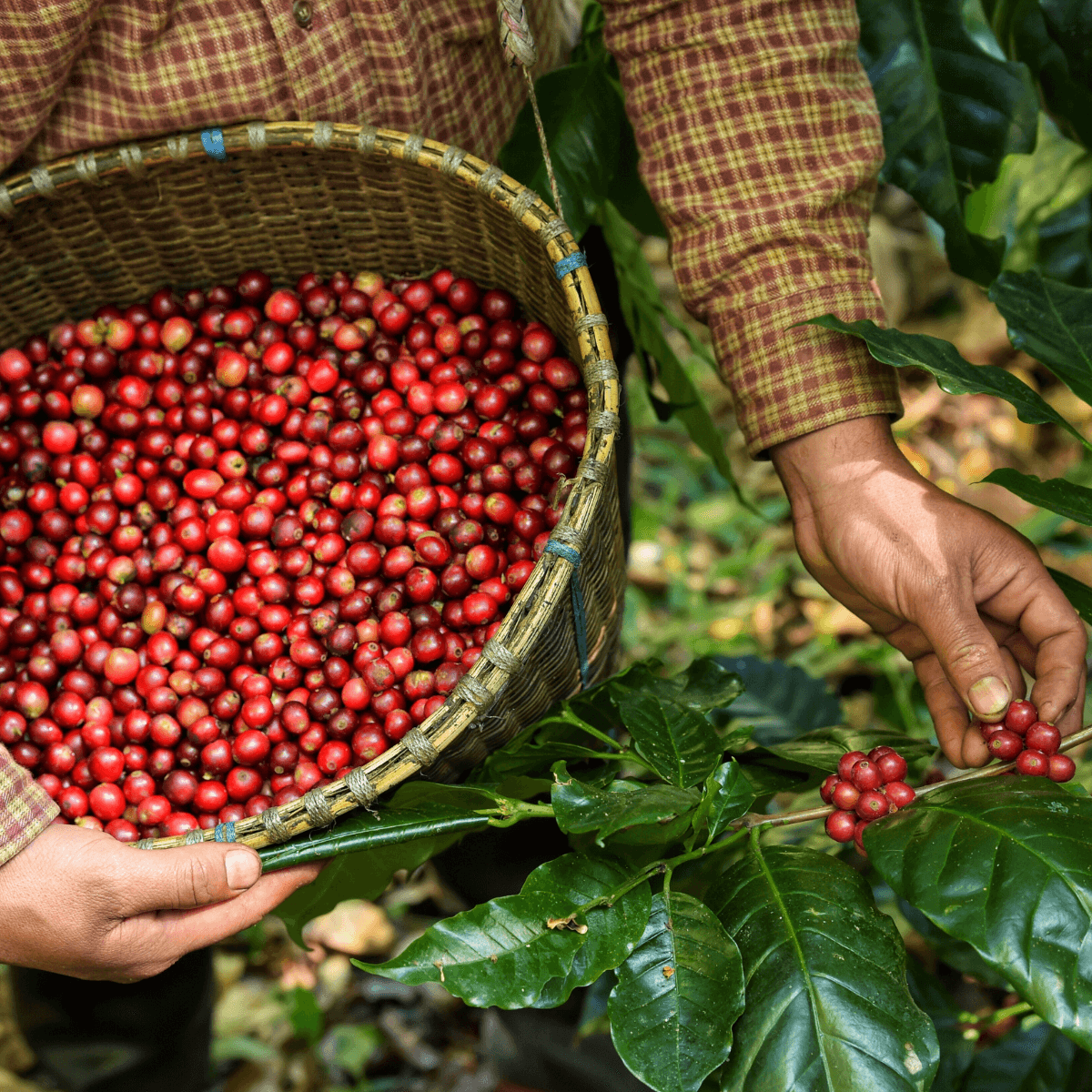single origin coffee guide
what makes single origin coffee unique?
Single origin coffees are like snapshots of place. Each one captures a little of the geography, culture, and craft behind it. No two are exactly alike — and that’s the beauty.
Because they aren’t blended, these coffees tend to have more distinct flavor notes. You might taste the citrus brightness of a high-altitude Colombian, or the bold cherry and chocolate tones of a Guatemalan roast. When roasted with care and brewed fresh, single origin coffees can be incredibly expressive and full of personality.
They’re also typically small-batch and responsibly sourced, which makes them a favorite among specialty coffee lovers.
coffee flavor profiles from around the world
Want to know why some coffees taste fruity, chocolatey, or floral? It often comes down to where they were grown. The soil, altitude, climate, and processing method all influence how a bean will taste in your cup.
This table offers a quick reference of flavor profiles from major coffee-producing regions — plus links to deeper dives on Guatemala, Brazil, and Colombia.
| Region | Flavor Notes | Quick Description |
|---|---|---|
| Guatemala | Black cherry, cocoa, citrus zest | Vibrant and layered. High-altitude coffees with a rich, balanced body and sparkling acidity. Explore Guatemalan coffee → |
| Colombia | Citrus, caramel, red fruit | Bright, smooth, and crowd-pleasing. High-elevation farms in Huila and Tolima produce nuanced cups. Read about Colombian coffee → |
| Brazil | Chocolate, nuts, low acidity | Mellow and sweet. Brazil’s beans are approachable and versatile, perfect for blends or solo brews. Discover Brazil’s coffee legacy → |
| Ethiopia | Blueberry, jasmine, lemon peel | Floral and fruity. Yirgacheffe and Sidama beans are often bright and tea-like with wild complexity. |
| Kenya | Currant, tomato, citrus | Juicy and bold. Kenyan coffees are known for their vivid acidity and wine-like character. |
| Sumatra | Earthy, herbal, dark chocolate | Deep and earthy. Sumatran coffees are often full-bodied with low acidity and bold rustic notes. |
single origin vs blend — what’s right for you?
Go for single origin if you love bold, distinctive flavors and want to explore how different regions shape your cup. You’ll taste the difference from one country to the next.
Prefer consistency or add milk to your coffee? A signature blend might be your go-to. Blends offer balance and reliability — great for your daily routine.
Most coffee lovers enjoy both. Keep a single origin for slow mornings, and a blend for everyday ease.
how to choose a great single origin coffee
Look for a clearly labeled country or region, a recent roast date, and details on sourcing. Roasters who specialize in small-batch or roast-to-order tend to deliver better flavor.
Check the tasting notes, too. Love bright and citrusy cups? Go for light roasts from Ethiopia or Colombia. Prefer smooth and chocolatey? Try a medium roast from Brazil or Guatemala.
And for the freshest brew, choose whole bean and grind right before you brew.
how to brew single origin coffee for the best flavor
Different single origins shine with different brew methods. Lighter roasts from East Africa do great with pour-over or AeroPress to highlight brightness. Medium roasts from Central and South America often pair well with French press or drip brewers.
The key is to match brew method to roast level and flavor profile — and to grind fresh. Want to go deeper?

related reads
-
What Is Single Origin Coffee? A Beginner’s Guide
-
Coffee Blends vs Single Origin: What’s the Real Difference?
-
Single Origin Coffee Beans: A Flavor Guide
-
Why Guatemalan Coffee Is a Favorite Among Specialty Roasters
-
Colombian Coffee Beans: What Makes Them So Special?
-
Brazil Coffee Beans: Flavor, Regions & Why They Matter
